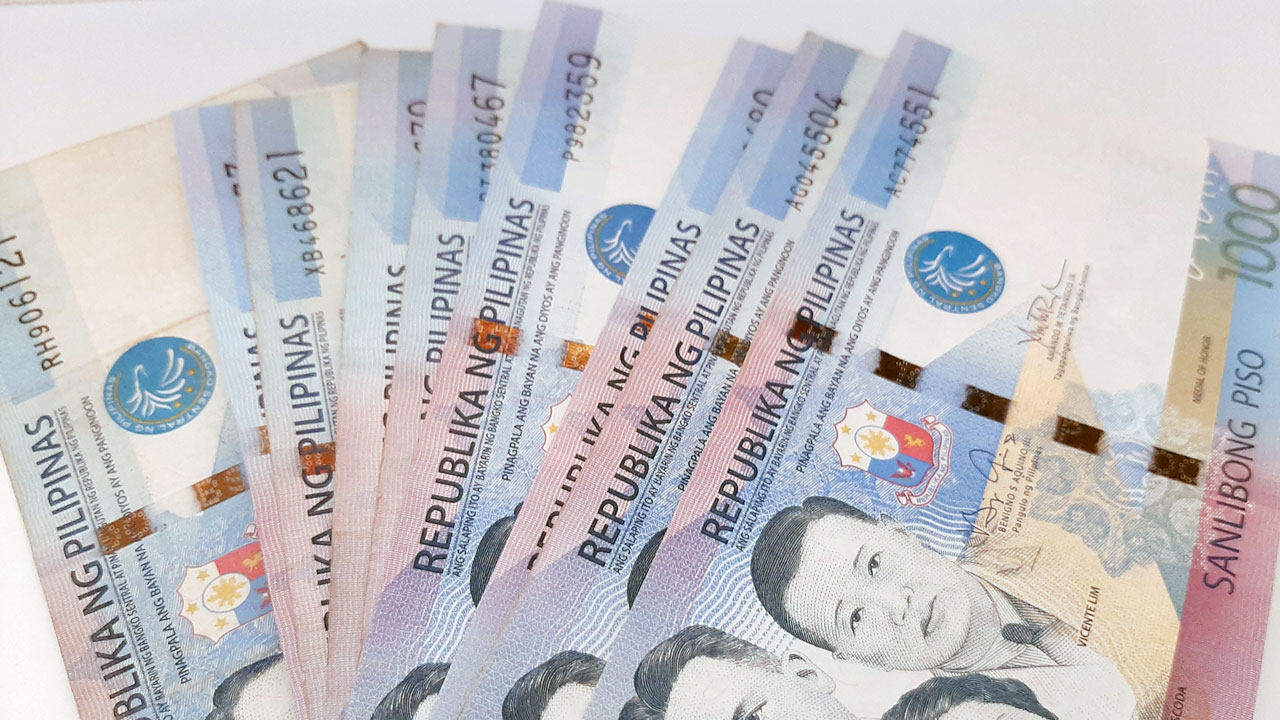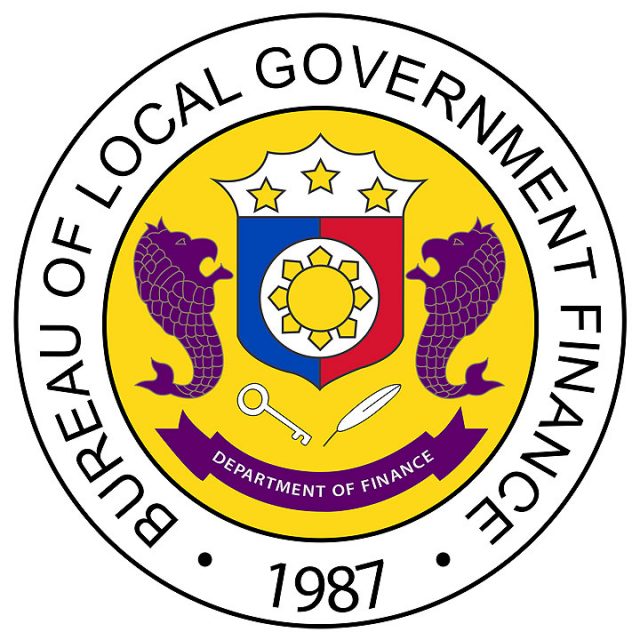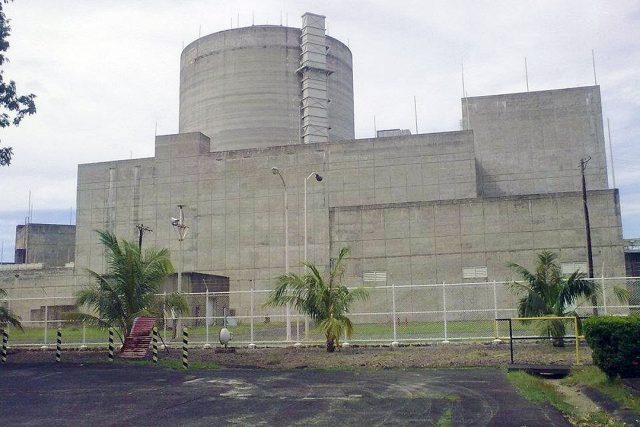Every day, the volatility and uncertainty we see in the world continues to grow. People, organizations, and even countries are grappling with increasingly complex disruptions caused by the COVID-19 pandemic, and it often feels like we are constantly one step behind the changing times. However, while the global situation remains unpredictable there IS something that can provide us clarity and certainty — and that is Purpose.
The global COVID-19 pandemic has revealed underlying weaknesses and vulnerabilities in many organizations. Many companies were caught off guard and needed to scramble to cope with new challenges, not just to growth, but even to survival. As we’ve discussed in previous C-Suites articles, companies are already rethinking how they work and the value they bring to their customers in the new normal and post-pandemic. For some, this has involved a reevaluation of their Purpose.
To be clear, an organization’s Purpose is not just tested during times of crisis. It is an ongoing journey that companies need to undertake each and every day in the fulfilment of the organization’s collective “Why.” But we also need to see that a Purpose can resonate even more deeply when people struggle to find meaning in why they do what they do and the difference that it makes. It is a roadmap that reinforces the company’s values, gives weight to sacrifice, and encourages people to see the bigger picture. A Purpose acts like a North star — a beacon that can guide an organization’s people through dark times. Purpose is not a mission, vision or strategy — these can change over time. True Purpose endures and can provide clarity and conviction when we need it the most.
DOES IT RESONATE WITH PEOPLE?
A Purpose has to appeal to people on various levels — rational while being emotional, ethical yet strategic, important and enduring. It helps to state a core issue or challenge that the organization wants to address, and not simply make statements about their products or services. Sometimes, it also helps to go back to the organization’s roots and why it was founded. It also helps if the Purpose clearly illustrates the company’s identity in some way — does it reflect the interests and priorities of a company’s leadership? Does it include any metrics beyond financial value? Does it resonate with your people on a deeper level, and bring truth to what you wish to achieve?
In SGV, for example, our Purpose to nurture leaders and enable businesses for a better Philippines is anchored on the bedrock of the vision, values and real-life examples of our founders and generations of alumni. The ideals of developing people, helping companies thrive and doing our part for our country and communities are already in our corporate DNA. By anchoring and articulating our Purpose on our roots, we provide our people with a familiar roadmap that feels achievable and something that they can actively contribute to.
DOES IT ARTICULATE YOUR WHY, WHO AND HOW?
WHY
Author and motivational speaker Simon Sinek’s book Start With Why: How great leaders inspire everyone to take action illustrates the importance of clearly communicating and stating the WHY behind the company’s existence. The WHY (provide a better way of life, creating healthier communities, create a more inclusive society) is more effective than merely stating WHAT (produce high-quality, low-cost goods, provide seamless services) the company does. In addition, many organizations with a powerful and motivating Purpose put people, both within and outside the company, at the heart of all their efforts.
WHO
A Purpose should clearly state who the organization aims to benefit beyond its shareholders. It is important to state or demonstrate how the organization’s work can benefit those beneficiaries. The beneficiaries can be as specific (marginalized women, small and medium enterprises, primary school children) or as general (healthy communities, a better country, every home) as the organization wishes. However, it should also be authentic and believable to be acceptable to your people and the public.
HOW
To round out a Purpose statement, it should also clearly state “How” it intends to achieve its “Why” for its “Who.” This is often where organizations stumble as they strive to find the balance between being too abstract (becoming a world-class company, promoting innovation) or too specific (manufacturing cars, creating devices). Organizations that can find that “sweet spot” where a concrete, measurable and definable “How” can be communicated are more likely to crafting a powerful Purpose statement that will inspire people to truly embrace, act on and advocate it.
DOES YOUR COMPANY CULTURE DEMONSTRATE IT?
A unique and powerful Purpose can not only unite the people in your organization behind a personally meaningful, inspiring and achievable vision for the future, it can also provide a competitive advantage as it translates into better employee engagement, stronger commitment and more focused efforts and initiatives for the organization.
However, it has to be authentic and believable, and it must necessarily permeate the organization from the top down. As stated in an article by EY Global, Why business must harness the power of purpose, for purpose to truly matter, it must go beyond any single initiative that sits on the margins of an organization. It must be driven operationally by the leadership team, and supported with training, performance metrics and talent management. Purpose also has to continually and organically suffuse every aspect of the organization, and should be constantly part of the dialogue between the leadership and the people in a company.
Purpose, by itself, will not take the place of strategy or planning, but it does intensify the will and intent behind them. It is also a continuing journey, one that everyone in an organization needs to constantly work together to truly achieve. By leveraging and truly embodying the power of Purpose, business leaders can help their people find certainty and assurance in an uncertain world.
This article is for general information only and is not a substitute for professional advice where the facts and circumstances warrant. The views and opinions expressed above are those of the author and do not necessarily represent the views of SGV & Co.
Julie Christine O. Mateo is the Talent Leader and Purpose Council co-chair of SGV & Co.













